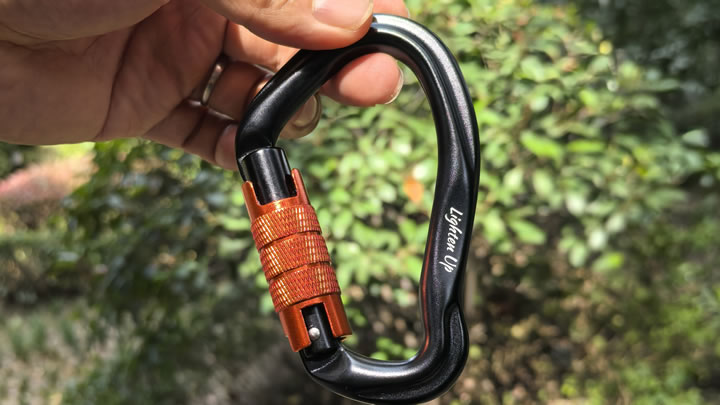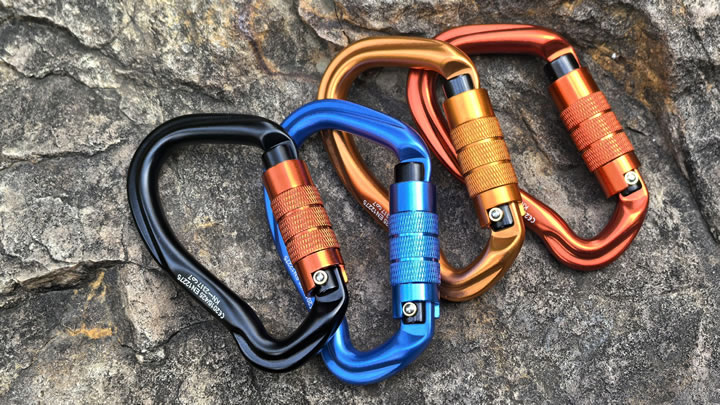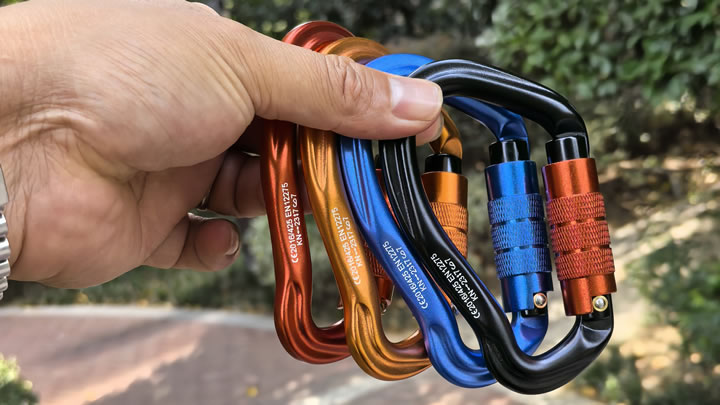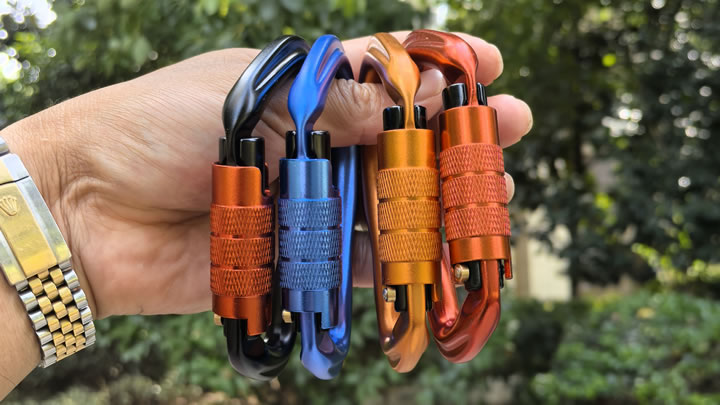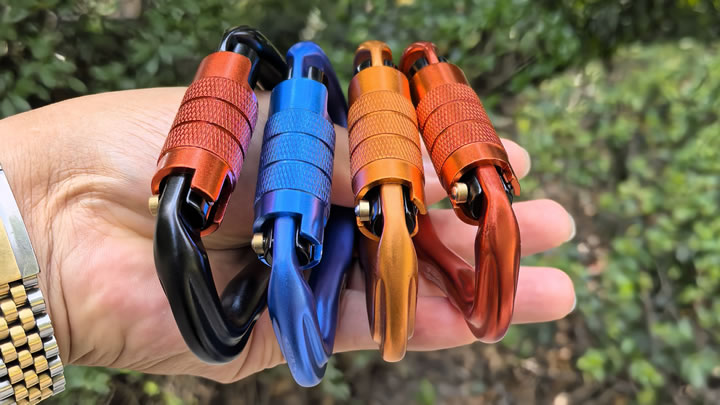Best Hiking Poles for Long Distance Trails
For thru-hikers and long-distance adventurers, choosing the right hiking poles isn't just about comfort—it's about survival. The perfect poles become extensions of your body, sharing thousands of miles of burden while protecting your joints from relentless impact. After extensive research and trail testing, we've identified the key features that distinguish exceptional long-distance poles from merely good ones.

Why Pole Selection Matters for Thru-Hiking
Long-distance hiking presents unique challenges that demand specific pole characteristics. On trails like the Appalachian Trail (AT), Pacific Crest Trail (PCT), or Continental Divide Trail (CDT), your poles will face conditions ranging from desert dust to mountain snow, with constant daily use that reveals any weakness in materials or design.
The consequences of poor pole selection on a thru-hike can be severe: premature failure miles from the nearest town, hand blisters from uncomfortable grips, or worse—injuries from unreliable equipment when you need stability most. Understanding this, let's examine what truly makes a pole worthy of long-distance trails.
Critical Features for Mile-Crushing Poles
Weight: The Ounces Add Up
When you're covering 20+ miles daily, every gram matters. The best long-distance poles typically weigh between 16-20 ounces per pair. While carbon fiber dominates the ultralight category (some models dipping below 1 pound total), don't automatically dismiss aluminum—modern alloys offer excellent strength-to-weight ratios at more accessible price points.
Durability: Built for the Long Haul
Long-distance poles must withstand incredible abuse: being jammed between rocks, used to test uncertain footing, and accidentally dropped on hard surfaces. Look for:
- Carbon fiber with high-quality construction that resists snapping
- 7075 aluminum for maximum impact resistance
- Reinforced stress points at joints and locking mechanisms
Reliable Locking Mechanisms
There's nothing more frustrating than poles that constantly slip. After testing numerous systems across thousands of trail miles, external lever locks consistently outperform twist mechanisms for long-distance use. They're easier to adjust with tired hands, work reliably when dirty, and provide visual confirmation they're secure.
Comfort That Lasts
Your poles will be in your hands for hours daily, making grip material crucial:
- Cork grips naturally mold to your hands and manage moisture excellently
- EVA foam provides superior cushioning but may deteriorate faster
- Ergonomic shaping reduces hand fatigue during long descents
Top Long-Distance Pole Recommendations
After extensive trail testing and analyzing feedback from thru-hikers, these models consistently rise to the top:
1. Black Diamond Alpine Carbon Cork
- Weight: 17 oz (pair)
- Key Features: 100% carbon construction, cork grips, FlickLock Pro adjusters
- Best For: Hikers wanting premium performance across all conditions
- Why It Excels: The carbon construction provides ideal vibration dampening while the cork grips remain comfortable through sweat and rain. Tested on entire PCT thru-hikes with minimal issues.
2. Leki Cristallo FX Carbon
- Weight: 18.5 oz (pair)
- Key Features: Carbon construction, Speed Lock 2 system, ergonomic grip
- Best For: Hikers prioritizing innovative features and comfort
- Why It Excels: Leki's attention to detail shines in the comfortable grip shape and reliable locking mechanism. The slight weight penalty buys exceptional durability.
3. Gossamer Gear LT5 Carbon
- Weight: 15.2 oz (pair)
- Key Features: Ultralight carbon, minimalist design, compact folding
- Best For: Ultralight purists and fastpackers
- Why It Excels: Incredible weight savings without sacrificing crucial strength. The folding design packs neatly when not needed.
The Carbon vs Aluminum Debate for Long Distance
While both materials have merits, carbon fiber generally wins for long-distance hiking due to its vibration-dampening properties and weight advantages. However, quality aluminum poles (particularly from Black Diamond and Komperdell) offer better impact resistance at a lower price point—an important consideration for budget-conscious hikers or those particularly hard on gear.
Trail-Tested Tips for Maximizing Pole Lifespan
Regular Maintenance
- Clean locking mechanisms weekly with a small brush
- Check tips monthly for wear and replace before they're completely gone
- Occasionally lubricate moving parts with dry lubricant
Proper Usage Techniques
- Avoid using poles to vault over large obstacles
- Don't over-tighten locking mechanisms
- Store partially extended to relieve pressure on internal components
Carry Essential Spares
Most thru-hikers carry:
- Extra tip protectors
- Replacement baskets
- Sometimes an extra locking mechanism section
Budget Considerations: Investing Wisely
While premium poles can cost $150-$200, they typically represent excellent value when considering cost per mile. Many thr-hikers report their high-quality poles lasting multiple long trails, while cheaper alternatives often fail mid-hike, requiring expensive replacements plus shipping to trail towns.
That said, excellent options exist in the $80-$120 range, particularly from Cascade Mountain Tech and Komperdell, that balance performance and affordability for hikers on tighter budgets.
The Final Verdict: What Real Thru-Hikers Use
After surveying hundreds of long-distance hikers and analyzing gear lists, the consensus is clear: Black Diamond Alpine Carbon Cork emerges as the overwhelming favorite for its perfect balance of weight, durability, and comfort. Close behind, Leki's Cristallo and Gossamer Gear's LT5 cater to those prioritizing specific needs like maximum comfort or ultralight performance.
Remember that the "best" pole ultimately depends on your personal preferences, hiking style, and budget. Whatever you choose, invest time in learning proper technique—even the finest poles can't compensate for poor form. Your future self, hundreds of miles down the trail, will thank you for choosing wisely.

